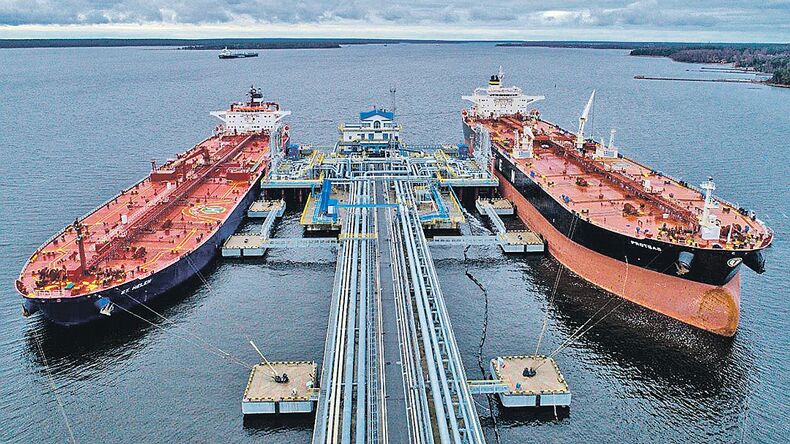Following the imposition of US tariffs on imported goods by former President Donald Trump and the intensification of trade tensions, global crude oil prices have plummeted in recent days. Current price levels haven’t been seen since April 2021.
Data from OilPlus shows that the price of Brent crude, which was around $74 per barrel on Dec. 30, 2024, dropped more than 17% to $61 by April 9, 2025.
West Texas Intermediate (WTI), also known as US crude, saw an even steeper decline. After trading at $71 per barrel at the end of 2024, it fell nearly 19% to $57.60 by April 9, 2025.
Iranian heavy crude, which had risen in recent months, was not spared from the downturn, losing nearly 14% of its value since the start of the year. A barrel of Iranian heavy crude, priced at $70.30 on Dec. 31, 2024, dropped to $60 by April 7, 2025.
Experts weigh in: Will the oil market slump continue?
Some analysts argue that the seasonal drop in oil prices is nearly a historical norm and expect the downward trend to persist until mid-summer before demand-driven recovery stabilizes prices.
Mohsen Qamsari, former director of international affairs at the National Iranian Oil Company, told SHANA that geopolitical and economic factors—such as US-China tariffs and global unrest—have only short-term psychological effects on oil markets. "These impacts are temporary and don’t fundamentally alter global demand. Even in tough conditions, the oil market gradually regains balance," he said.
Qamsari added that if current conditions persist, prices could return to normal by mid-summer, though unexpected events could still disrupt the market.
Narsi Qorban, a senior energy expert, told SHANA that Trump’s tariffs have escalated trade wars, hurting global economic growth and directly contributing to falling oil prices. "However, if Trump reaches new agreements with Asian or European nations, economic forecasts—and oil prices—could shift again," he said.
Morteza Behrouzifar, a faculty member at the International Energy Studies Institute, emphasized OPEC’s critical role in stabilizing the market. "If the tariff crisis continues, OPEC may need drastic production cuts—5 to 10 million barrels per day—to prevent further price drops. But such a decision would be difficult to coordinate. Stability can only return if the crisis is temporary," he said.
In addition to trade tensions, OPEC+’s recent decision to increase production by 411,000 barrels per day in May (as part of a gradual, flexible supply adjustment plan) has pushed the market toward higher supply and lower prices. Meanwhile, fears of US tariffs triggering an economic recession remain the biggest threat to oil market stability.


Your Comment